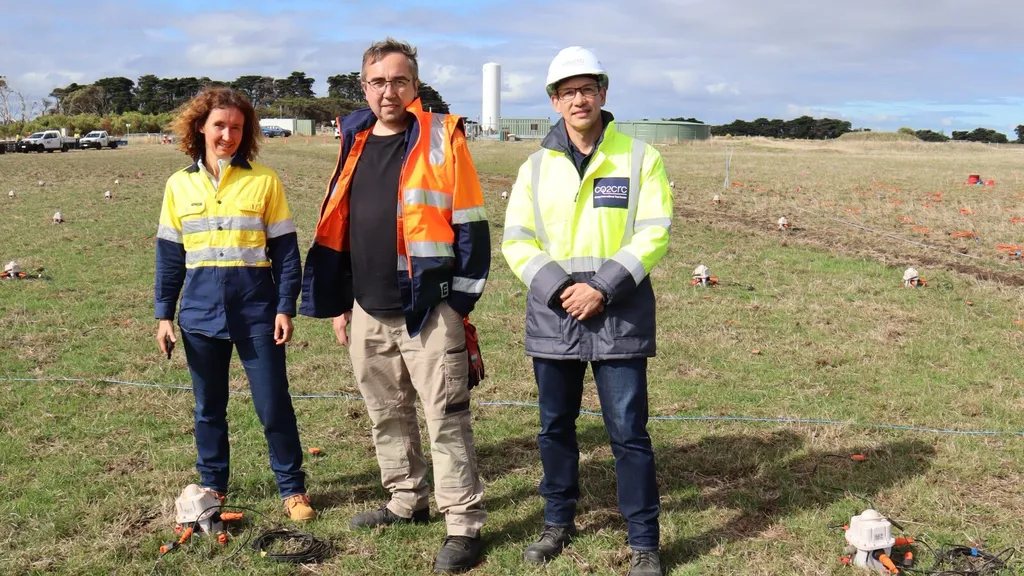In the quest to reduce the concrete industry’s substantial carbon footprint, researchers are exploring innovative pathways to capture and utilize CO2 emissions. A recent review published in the journal *Carbon Capture Science & Technology* sheds light on the potential of Carbon Capture and Utilization (CCU) technologies in the concrete sector, offering a glimmer of hope for a more sustainable future.
The concrete industry is a significant contributor to global CO2 emissions, with Ordinary Portland Cement (OPC) production being a major culprit. Dr. Diego Aceituno, lead author of the review and a researcher at the Centre for Infrastructure Monitoring and Protection, School of Civil and Mechanical Engineering, Curtin University, Australia, emphasizes the urgency of addressing this issue. “The concrete industry is a substantial emitter of CO2, and we need to explore every avenue to mitigate these emissions,” Aceituno states.
The review explores various CCU technologies, focusing on the carbonation of recycled concrete aggregates (RCA), waste cement powders (WCP), and alternative non-hydraulic cements. Carbonation, a process where CO2 is absorbed by concrete, can potentially reduce the industry’s carbon footprint. However, the effectiveness of this process depends on the chemical and mineralogical characteristics of the materials involved.
While carbonated RCA and WCP offer some CO2 mitigation, the review suggests that greater reductions may be achieved by combining CCU with supplementary cementitious materials and low-carbon clinkers. “The integration of CCU with sustainable binders shows promise, but further research is needed to optimize these processes and validate their structural performance,” Aceituno explains.
The review also highlights the challenges of industrial scalability. As the energy sector increasingly focuses on decarbonization, the concrete industry must keep pace. The findings of this review could shape future developments in the field, driving innovation and encouraging the adoption of more sustainable practices.
Moreover, the review underscores the importance of evaluating life cycle impacts in synergy with other decarbonization strategies. This holistic approach is crucial for the energy sector, which is increasingly looking to partner with industries that can demonstrate a commitment to sustainability.
As the world grapples with the realities of climate change, research like this offers a beacon of hope. By exploring innovative pathways to reduce CO2 emissions, the concrete industry can play a pivotal role in the global effort to mitigate climate change. And as Dr. Aceituno and his colleagues continue to push the boundaries of what’s possible, the future of the concrete industry looks increasingly green.
The review, published in *Carbon Capture Science & Technology*, serves as a call to action for the industry, encouraging further research and innovation in the field of CCU. As the energy sector continues to evolve, the concrete industry must adapt and innovate, ensuring that it plays its part in the global effort to reduce CO2 emissions.

